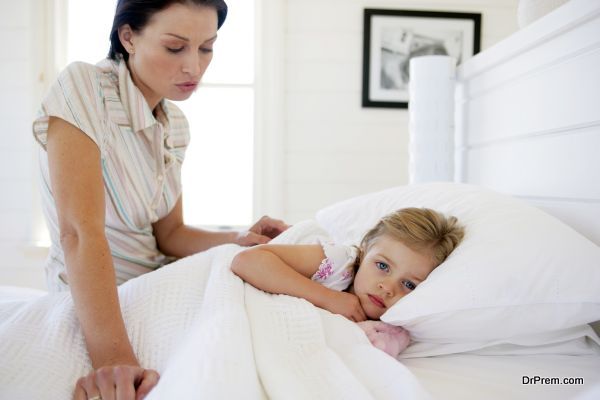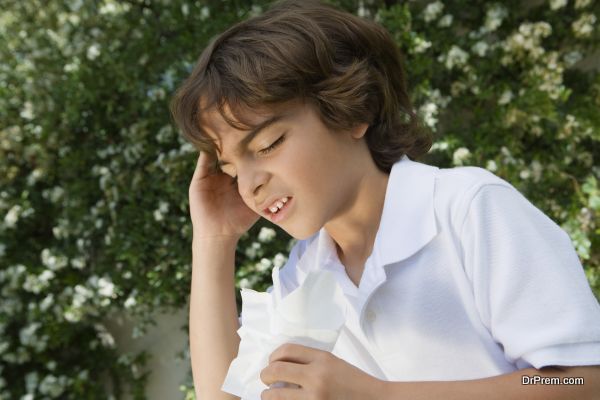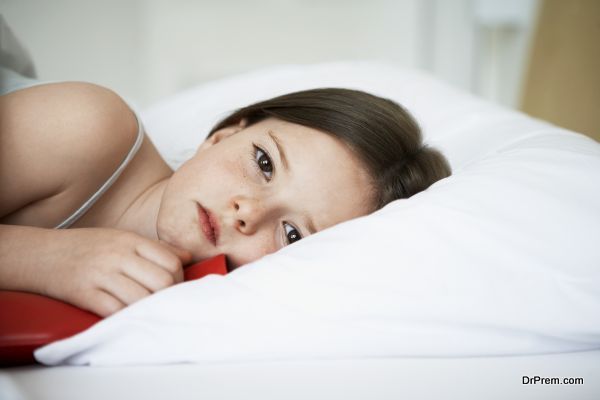Allergies are extremely common in children; according to reports of a study nearly 50% of children in the US are susceptible to indoor or outdoor allergens. While most kids are usually not symptomatic in the first two years of life, others might develop the symptoms early if they are allergic to indoor agents. The most common age of diagnosing seasonal allergies is 4-6 years. Let us consider some aspects of seasonal allergies in children.
How to judge if your child is allergic?

While it may be relatively easy to suspect an allergy when your child develops symptoms after direct exposure to an agent, some allergies are difficult to judge. Most symptoms of allergies can mimic other diseases and misguide the parent and also the physician.
Some common symptoms that are generally associated with allergies are running nose, nasal stuffiness, cough, scratchy throat, puffy eyes, watery and itchy eyes, mouth and skin and the most common symptom is of sneezing.
Understanding seasonal allergies

If you notice your child developing the symptoms mentioned above in a particular time of the year, your kid may be allergic to seasonal pollen or mold spores. With a doctor’s help, you will be able to find out exactly which pollen or spore is causing the symptom flare-up.
Once you know the cause of your child’s allergy you can monitor the pollen count and prevent flare-ups by limiting outdoor time on days of heavy pollen dust. You can begin your child’s anti-allergic medicine course two to three weeks before the season starts. Most medicines are more effective at preventing symptoms than treating them, so starting an early dose can be beneficial.
Preventing symptoms of allergies

If you monitor pollen counts for your area regularly you will be easily able to prevent allergic flare-ups in your kid. Avoid going out on such days. You can lower your home temperature and keep the windows and doors closed to avoid pollen from getting inside.
If your child has started displaying symptoms you can start giving them warm water baths or steam to decrease, chances of nasal congestion. Use tissues that are added with lotion or aloe vera and if your child’s nose is sore from all the sneezing and blowing into tissues rub some petroleum jelly to soothe it.
Try stopping your child from itching their eyes as it will increase the itchiness and puffiness more and try giving cold packs to the eyes for relief. Increase fluids in your kid’s diet like warm tea or milk and frequent water intakes should be started along with gargling to relieve a sore throat.
Fighting allergies with natural remedies

Increased consumption of water, nasal irrigation with saline water and breathing steam over a bowl of hot water can help relieve nasal and throat symptoms. Cold pack over eyes provides relief from itchy eyes.
Seasonal allergies are respiratory in nature and no matter how hard you try to control your in-home environment, your child will develop symptoms even on the slightest exposure. This makes prevention and early symptomatic relief very important in managing seasonal allergies in children.


